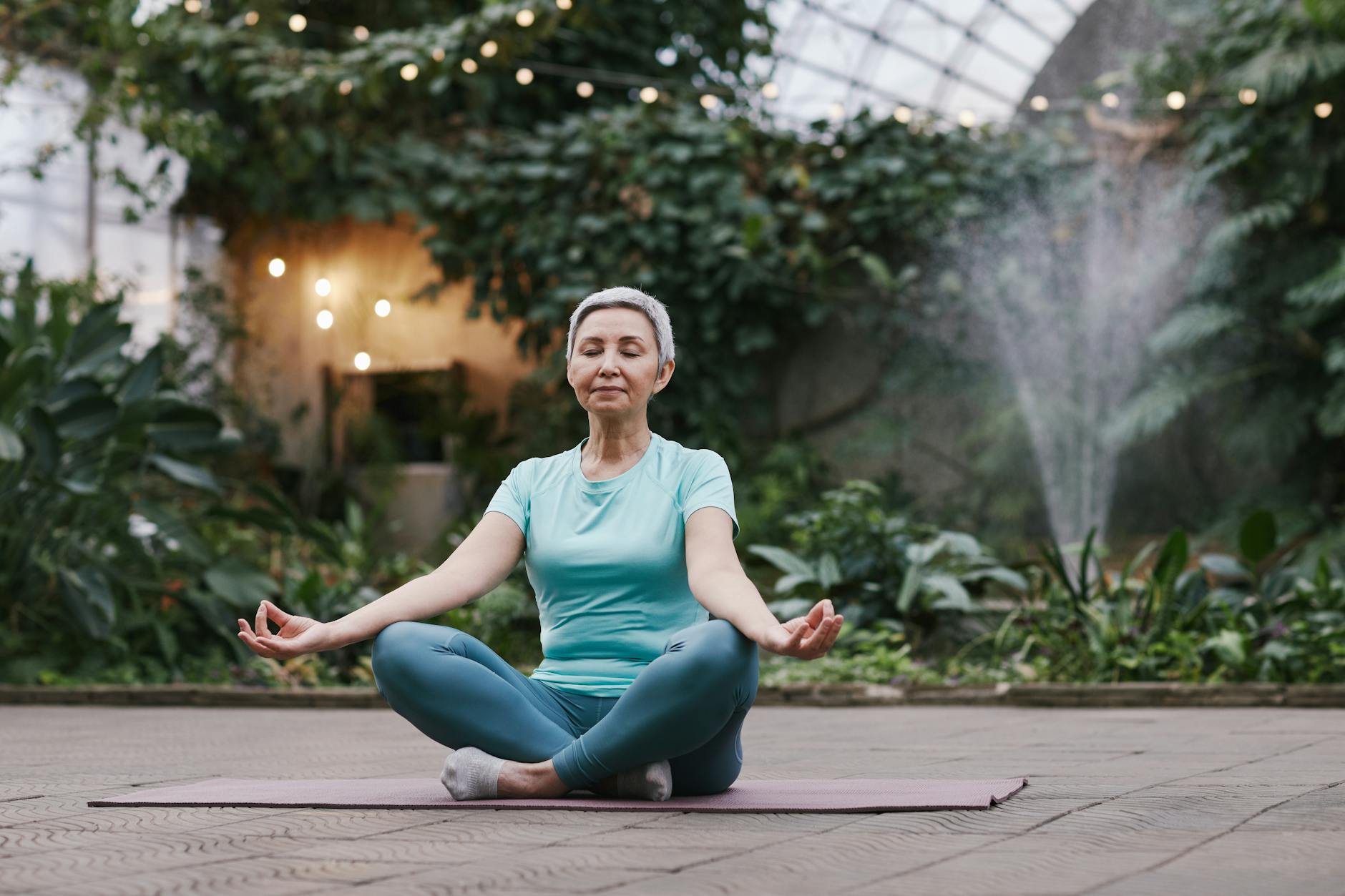Breaking free from negative patterns and cultivating positive change can feel like an uphill battle. This guide provides actionable strategies for how to break bad habits and build lasting positive routines through consistent habit change, ultimately enhancing your self-discipline and contributing to your personal development.
Understanding the Habit Loop: The Key to Habit Change
Before you can effectively break bad habits, it’s crucial to understand how habits are formed. The habit loop, as described by Charles Duhigg in “The Power of Habit,” consists of three elements: a cue, a routine, and a reward. Identifying these components in your own undesirable habits is the first step toward positive habit change.
Step 1: Identify the Cue
What triggers your bad habit? Is it stress, boredom, a specific time of day, or a certain location? Be specific. The more clearly you define the cue, the easier it will be to manage it. For example, instead of “stress,” pinpoint the exact source of stress that leads to the unwanted behavior.
Step 2: Analyze the Routine
What is the actual behavior you want to change? This is the routine part of the habit loop. Again, be specific. Instead of “procrastinating,” define it as “scrolling through social media for an hour when I should be working.” This precise definition will help you target the behavior directly. Replacing the routine is a core strategy for habit change.
Step 3: Determine the Reward
What are you getting out of the bad habit? What need is it fulfilling? It might be a feeling of relief, pleasure, or simply a distraction. Understanding the reward is crucial because you’ll need to find a healthier way to satisfy that same need. Identifying the reward helps ensure your habit change sticks.
Strategies to Break Bad Habits and Cultivate Positive Routines
Now that you understand the habit loop, here are some proven strategies to break bad habits and implement positive routines:
1. Cue Control: Minimize Exposure to Triggers
Make it harder to engage in the bad habit by reducing your exposure to the cues. If you tend to snack while watching TV, keep unhealthy snacks out of the house. If social media is a time-waster, delete the apps from your phone or use website blockers during work hours. Managing your environment is key to successful habit change.
2. Substitute the Routine: Replace, Don’t Just Remove
It’s much easier to replace a bad habit with a good one than to simply try to stop doing something. If you usually reach for a cigarette when stressed, try deep breathing exercises or going for a short walk instead. Find a healthy alternative that provides a similar reward. This substitution is a powerful technique for habit change.
3. Reward Yourself: Reinforce Positive Behavior
When you successfully engage in your new, positive routine, reward yourself! The reward doesn’t have to be huge, but it should be something you genuinely enjoy. This reinforces the new habit loop and makes it more likely that you’ll repeat the behavior. Celebrate small wins on your path to personal development.
4. Start Small: Embrace Gradual Progress
Don’t try to overhaul your entire life overnight. Focus on changing one or two habits at a time. Small, consistent changes are more sustainable than drastic, short-lived efforts. Embrace the concept of “atomic habits” and aim for 1% improvement each day. Gradual habit change is more likely to lead to long-term success.
5. Practice Self-Compassion: Be Kind to Yourself
Everyone slips up occasionally. If you relapse into a bad habit, don’t beat yourself up. Acknowledge the mistake, learn from it, and get back on track. Self-compassion is essential for maintaining motivation and building self-discipline. Remember, personal development is a journey, not a destination.
6. Build Accountability: Seek Support and Track Your Progress
Share your goals with a friend or family member and ask them to hold you accountable. Join a support group or find an online community focused on habit change. Tracking your progress can also be incredibly motivating. Use a journal, app, or spreadsheet to monitor your successes and identify areas where you need more support.
7. Cultivate Mindfulness: Become More Aware of Your Thoughts and Feelings
Mindfulness practices, such as meditation, can help you become more aware of the cues and triggers that lead to bad habits. This increased awareness allows you to make more conscious choices and break the automatic cycle of the habit loop. Mindfulness supports your self-discipline and facilitates meaningful habit change.
The Power of Positive Routines
Focusing on building positive routines is just as important as breaking bad habits. Incorporate habits that support your physical and mental well-being, such as regular exercise, healthy eating, sufficient sleep, and mindfulness practices. These positive routines will create a foundation for a healthier, happier, and more fulfilling life, fostering continuous personal development.
Conclusion: Embrace the Journey of Personal Development
Breaking bad habits and building positive routines is a continuous process of habit change that requires patience, persistence, and self-discipline. By understanding the habit loop, implementing effective strategies, and practicing self-compassion, you can take control of your habits and create a life aligned with your values and goals. Embrace the journey of personal development and celebrate every step you take toward a better you.



